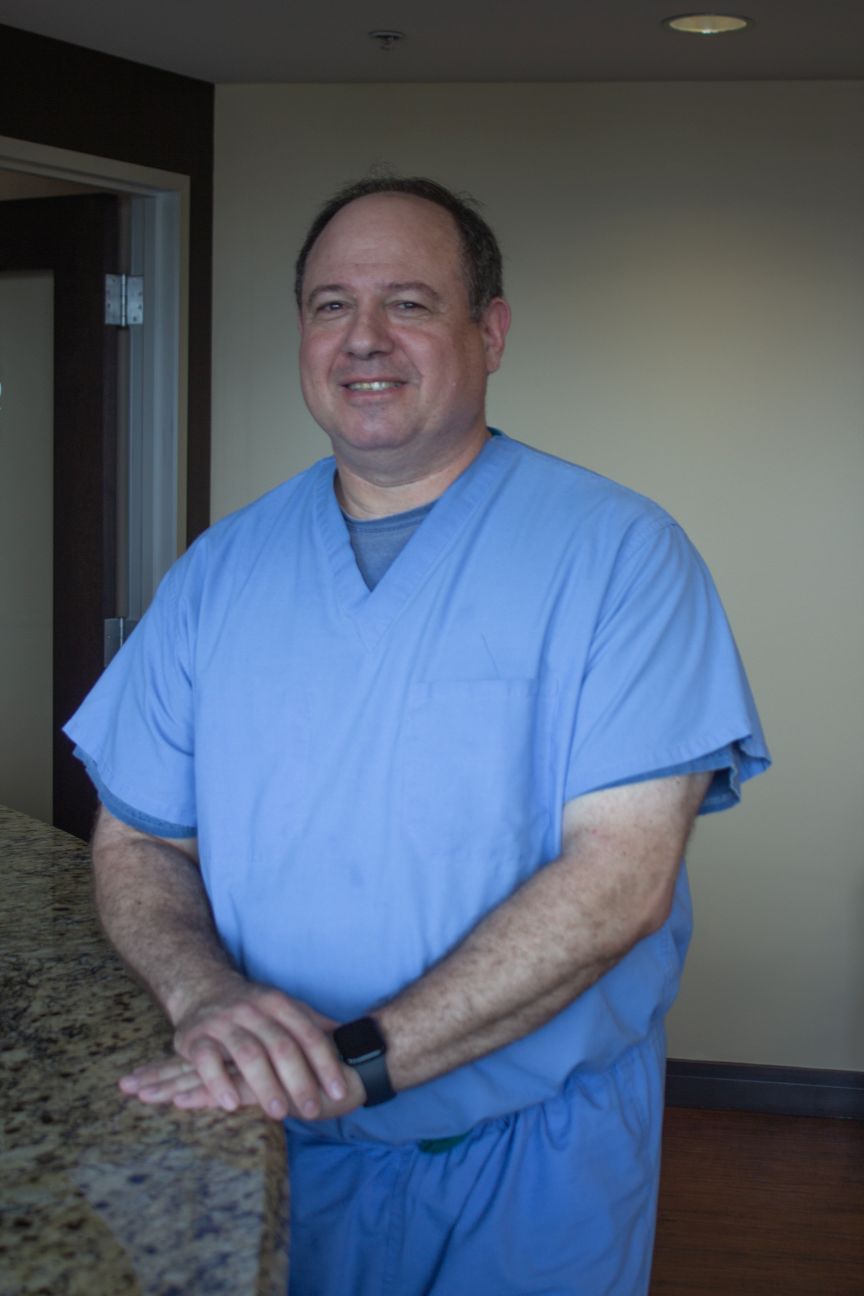By Jaime Joshi Elder
One in eight American women will be diagnosed with breast cancer in her lifetime and this year, an estimated 310,720 women will be diagnosed with the disease. That being the case, it’s a safe assumption that everyone knows someone who has been personally affected by breast cancer.

Andrew J. Shapiro, MD, FACS of Advanced Surgical Physicians is the Medical Director of the Advanced Breast Center at Wellington Regional Medical Center which hosts a free breast cancer support group. The supports group is open to anyone who has walked through a breast cancer diagnosis or supported a loved one on their journey, regardless of when or where they received care.
Hosted by Sheila Palacios, MSN-Ed, RN, OCN. Oncology Nurse Navigator, the group meets on the 4th Sunday of every month between 2:00pm-4:00pm in the Wellington Regional Medical Center Community Room.
Dr. Shapiro strongly advocates for regular mammograms every year starting at age 40 and regular breast self-exams.
“Home self-exams can help you maintain good breast health and be mindful of any changes so you can discuss them with your doctor,” Dr. Shapiro said.
Self-exams should be done on a monthly basis on a day that is easy to remember, like the first of the month. Keeping a record of your findings in a journal or on your phone is a good way to track changes.
“A self-exam only takes a few minutes and you can do it when you’re getting dressed for the day, lying in bed or taking a shower,” Dr. Shapiro said.
In order to perform a self-exam, stand in front of a mirror with your arms at your side and visually inspect for any changes like dimpling of skin, swelling or changes in shape or skin color. Then, put your hands on your hips to flex your chest muscles and observe the same.
Use your right hand to examine your left breast and vice-versa.
With the pads of your three middle fingers, start with applying light pressure, then medium pressure and finally firm pressure to check for any lumps, thick spots or changes. Use a circular motion when checking and be sure to check both the flesh nearest your armpit and your areola.
“Lumps in breast tissue are normal and shouldn’t be a reason to panic,” Dr. Shapiro said. “Some people have more dense breast tissue than others. Mammograms are the best detection tool but a home self-exam is a good way of recognizing what is normal for you.”
That being the case, you should consider making an appointment if you experience the following:
- Inverted nipples or nipples that stop sticking out.
- Redness, soreness, a rash or swelling.
- Dimpling or puckering of the skin.
- Irregular discharge from nipples.
If you have any further questions, please feel free to connect with Advanced Surgical Physicians by calling (561) 333-1335 or via their website: https://www.toplinemd.com/advanced-surgical-physicians/

